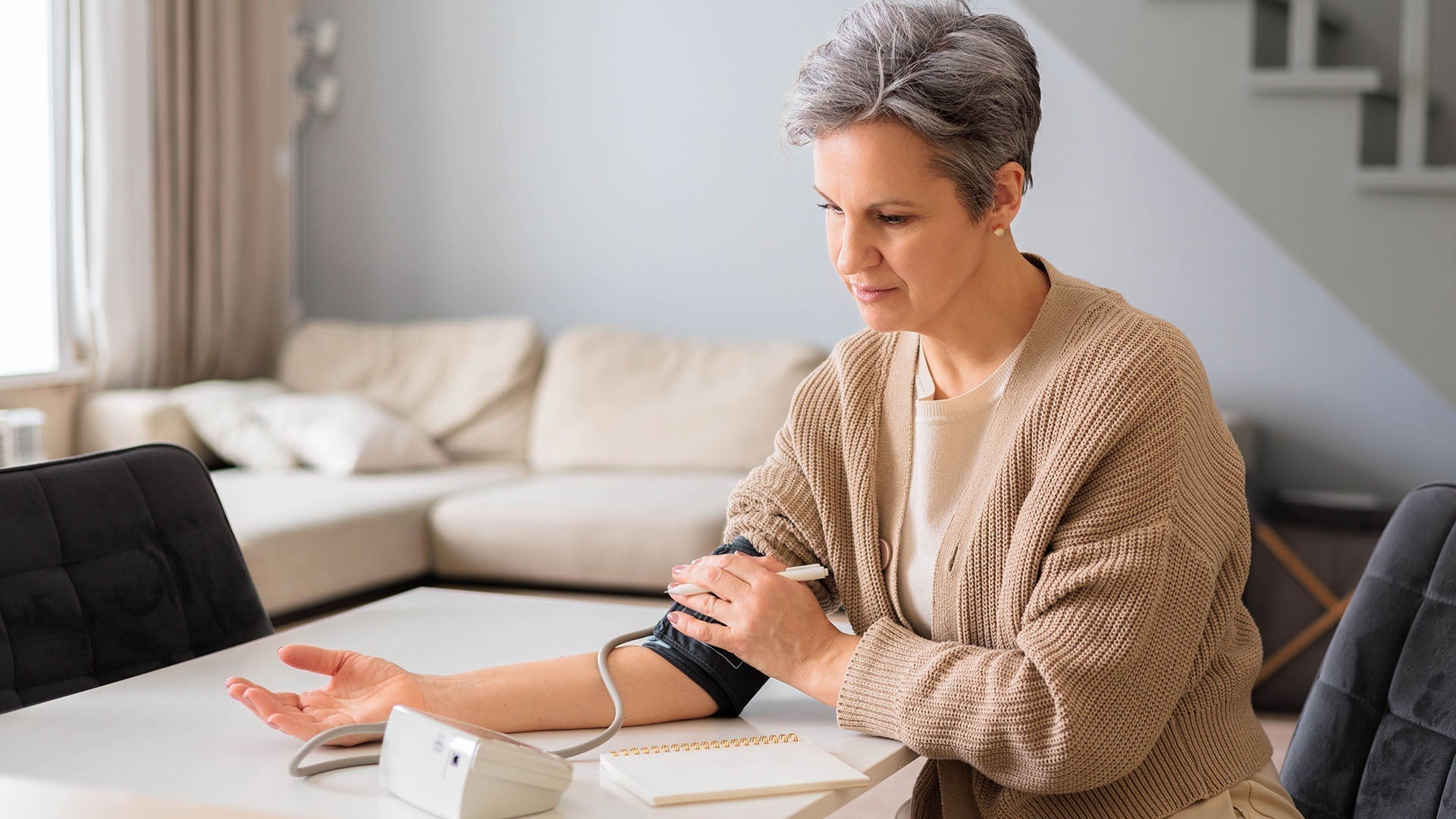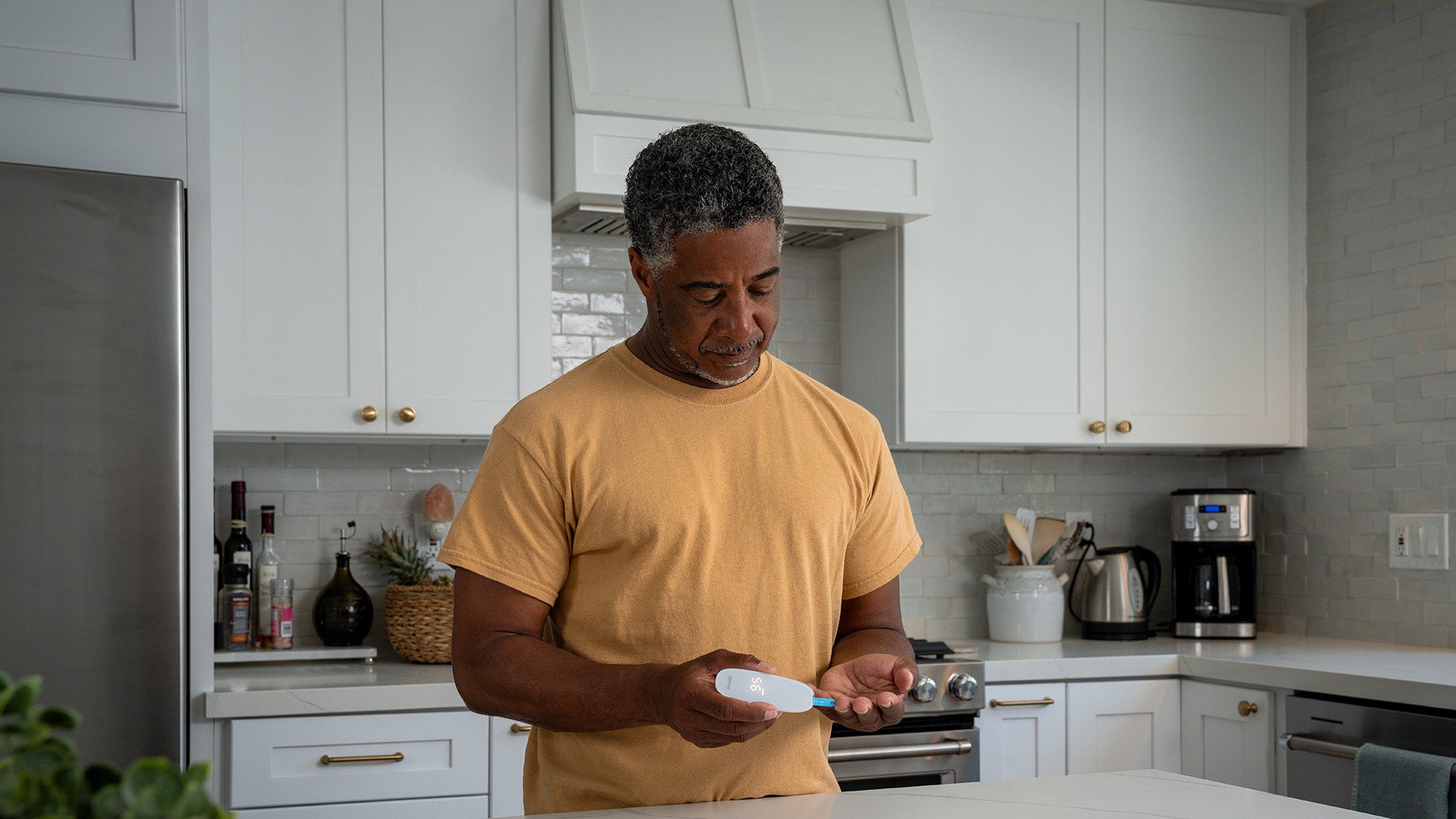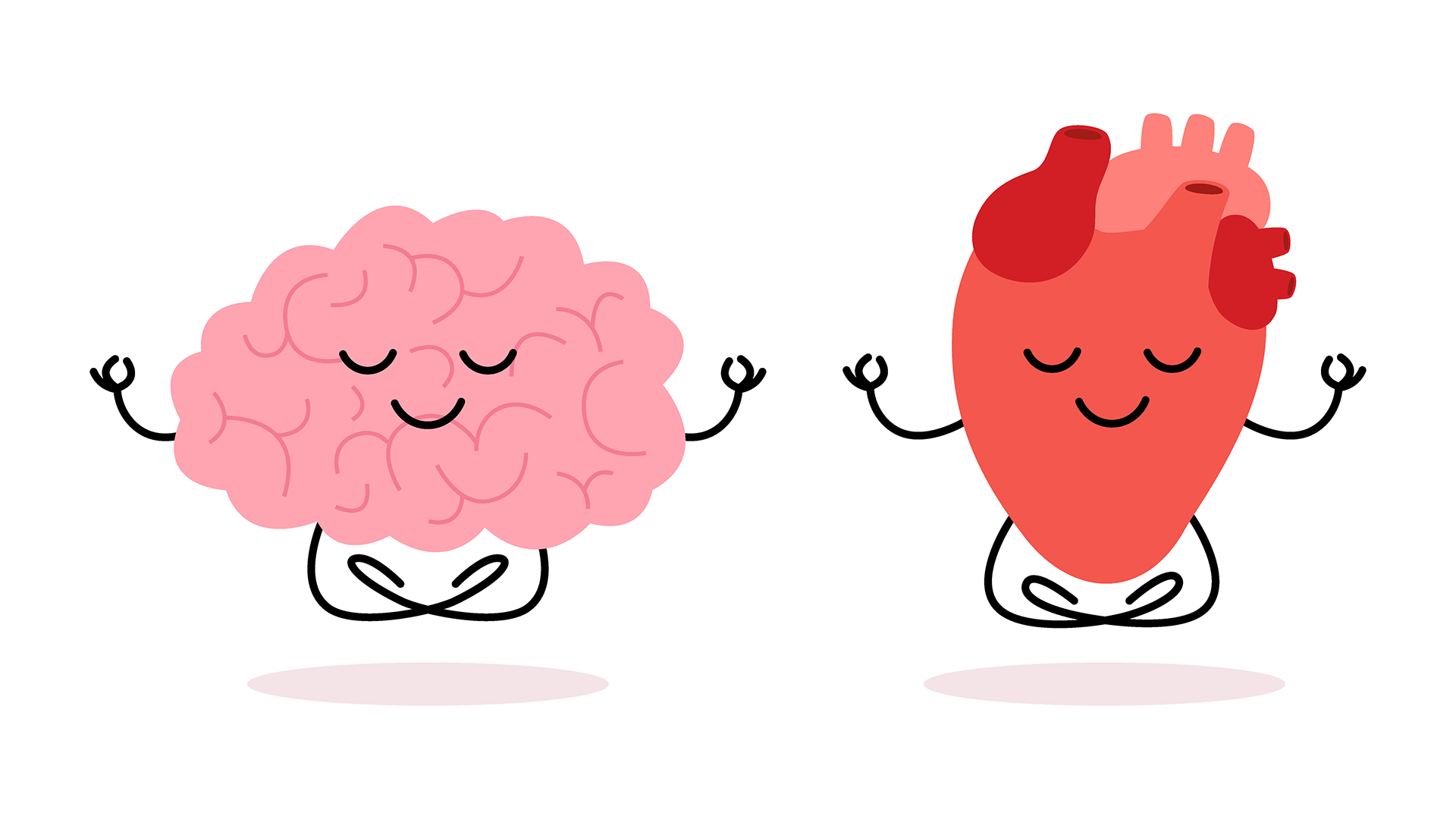Learn Your Way
to A Healthier Life
 What is COPD?
What is COPD?
Chronic obstructive pulmonary disease, or COPD, is a progressive lung disease. It is an umbrella term for two main conditions, chronic bronchitis and emphysema, that make it harder to breathe over time. With COPD, the airways and tiny air sacs in the lungs become damaged or inflamed, which traps air and makes it difficult to fully exhale. This can cause a feeling of breathlessness, even during simple daily activities.
Living with chronic obstructive pulmonary disease (COPD) can make even everyday activities, like walking the dog or climbing stairs, feel exhausting. But with the right tools and habits, it’s possible to take control of your symptoms and improve your quality of life.
About 16 million Americans have been diagnosed with COPD and experts believe millions more remain undiagnosed. November is COPD Awareness Month, a time to shine a light on lung health and encourage early screening and education through national campaigns led by organizations like the American Lung Association and the Centers for Disease Control and Prevention (CDC).
Getting COPD Under Control
COPD is currently the sixth leading cause of death in the US and a major cause of disability. However, it’s also a condition that can be effectively managed. Research shows that early diagnosis, consistent care, and lifestyle adjustments can make a real difference. From staying active and eating well to tracking your oxygen levels with a home oximeter, these practical steps can help you breathe easier and live better every day.
- Quit Smoking (and Avoid Secondhand Smoke)
If you smoke, quitting is the single most important thing you can do to slow COPD progression and protect your lungs. Cigarette smoke damages airways and reduces oxygen flow, making breathing even more difficult over time. The good news is that quitting at any stage can improve lung function and help you breathe easier. Plus, avoiding secondhand smoke and smoky environments can make a noticeable difference in how you feel day to day.
-
Stay Active Within Your Limits
Gentle, consistent physical activity strengthens your lungs and improves endurance, which helps you manage shortness of breath. Walking, light stretching, or pulmonary rehabilitation exercises are great ways to stay active without overexertion. Even small bursts of movement, like standing and stretching every hour, help your muscles use oxygen more efficiently. Always check in with your healthcare provider to find the right level of activity for you.
-
Eat for Lung Health
A balanced diet supports your immune system and keeps your energy up, two key factors in managing COPD. Focus on meals rich in lean protein, fiber, and antioxidant-rich foods like fruits, vegetables, and whole grains. These nutrients help fight inflammation and maintain muscle mass, which is essential for easier breathing. Eating smaller, more frequent meals can also prevent the fullness that sometimes makes it harder to breathe deeply.
-
Take Medications as Prescribed
COPD medications, such as bronchodilators, corticosteroids, and inhalers, are designed to open airways, reduce inflammation, and prevent flare-ups. Taking them exactly as prescribed helps control symptoms and improves overall lung function. If you find your inhaler technique tricky, ask your provider or pharmacist for a quick demonstration as using it correctly makes a big difference in how well the medicine works.
-
Monitor Your Oxygen Levels with an Oximeter
A pulse oximeter is a small device that clips onto your fingertip and measures how much oxygen your blood is carrying. Normal levels are typically between 95–100%, but if your reading drops below 88%, it’s a sign to contact your healthcare provider.
Using an oximeter regularly as part of your routine, especially when you feel short of breath or are recovering from illness, can help detect early signs of exacerbation before symptoms worsen.
Oximeters are easy to use at home, during activity, or while resting. They can also help you and your care team track patterns and make informed treatment decisions. Just remember: readings can vary if your hands are cold, if you have nail polish on, or if circulation is poor—so use them as a helpful guide, not a replacement for medical advice.
-
Prioritize Preventive Care
Prevention plays a huge role in keeping COPD under control. Vaccinations for flu, pneumonia, and COVID-19 are especially important because respiratory infections can trigger severe flare-ups. Regular check-ins with your pulmonologist help ensure your treatment plan stays up to date, and routine lung function tests can catch subtle changes early. Staying proactive with preventive care helps you stay ahead of symptoms and maintain stability year-round.
-
Manage Triggers and Indoor Air Quality
Your environment can have a big impact on COPD symptoms. Avoid exposure to dust, strong fumes, cold air, and harsh cleaning products, which can irritate your lungs. Using an air purifier, keeping windows closed on high-pollution days, and maintaining clean filters in your heating and cooling systems can all help improve indoor air quality. Creating a clean, calm breathing space at home is one of the simplest ways to feel better each day.
The Bottom Line
Managing COPD takes consistency, awareness, and a trusted healthcare team, but you don’t have to do it alone. By working closely with your providers, staying on top of your medications, and making small lifestyle adjustments, you can take meaningful control of your breathing and your quality of life.
Remember, small steps like tracking your oxygen levels to taking a short walk or choosing nourishing meals, adds up to better energy, fewer flare-ups, and a stronger sense of confidence in your body. The more you know about your condition, the more control you have over your health.
Additional References
-
COPD. Center for Disease Control. Accessed October 21, 2025.
-
COPD Foundation. Press Release: COPD Sixth Leading Cause of Death in US.
-
Early Warning Signs of COPD. American Lung Association. Accessed October 21, 2025.
Sign Up For More From iHealth
Receive the Latest News and Special Offers



















































